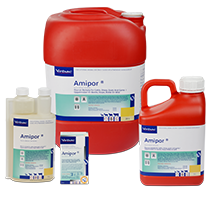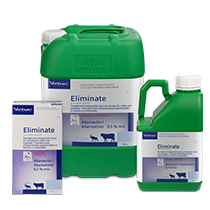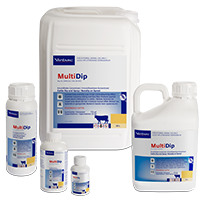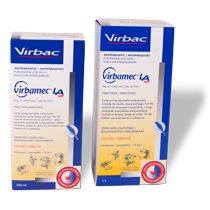
Blue Tick - Rhipicephalus (Boophilus) spp.
Two species occur in South Africa, they are the Common Blue tick (Rhipicephalus decoloratus) and the Pantropical Blue Tick (Rhipicephalus microplus). Both are of Economic importance. Of the two species, the Common Blue tick is widespread and the Pantropical Blue tick has a relatively restricted distribution.
Blue ticks have short mouthparts , their legs are slender and uniformly pale yellow in color. There is no color pattern on the scutum or legs.
Life Cycle:
The Blue tick is a one host tick, which means every stage of the tick [larvae, nymph and adult stage] occurs on the same host. Cattle are their main host, but they also feed on horses, donkeys, sheep, goats and wild ungulates.
The female tick [R.decoloratus] lay between 2000 to 2500 eggs over a period of 4-6 days. The eggs hatch within 3 - 6 weeks under ideal conditions into larvae, the 1st active stage.
The larvae quest for the ideal host and attach to it, feed for 5 - 9 days, moult to the Nymphal stage.
The Nymph, still on the same host, will feed for 5-9 days and moult into Adult ticks, the next stage.
The adult ticks will feed, mating takes place and within 7-9 days the engorged tick will be ready to drop off to start with laying eggs.
Attachment sites:
Blue ticks are found on the neck, dewlap, escutcheon, body underline, legs and poll. With heavy infestations, blue ticks can be found everywhere on the animal except the perianal area and convolutions of the ears
Disease transmission
Blue ticks transmit cattle parasites; B.bigemina and B.bovis which cause Redwater in cattle and it transmits A.marginale which causes Anaplasmosis / Gallsickness in cattle.
Control
Under ideal conditions the life cycle may be completed in 2 months, which may result in four generations per year.
Overwintering eggs hatch in spring with the rise of temperature, which means a large number of larvae will be on the vegetation questing for hosts. Tick numbers will even increase to a higher number in summer months, January - April, because of the short life cycle.
Dip animals strategically and frequently to reduce tick challenges.
-
Treat animals in early spring to reduce larvae and nymphs.
-
Always follow up with a contact dips when endectocides are used
With high tick challenges or when animals are moved to rested camps:
-
Dip animals 1 x per week, for 3 weeks/ Dip according to the 5, 5, 4 day dip strategy
-
Always use contact dips: AMIPOR® / MULTIDIP / AMIDIP MAX
60092310CM




